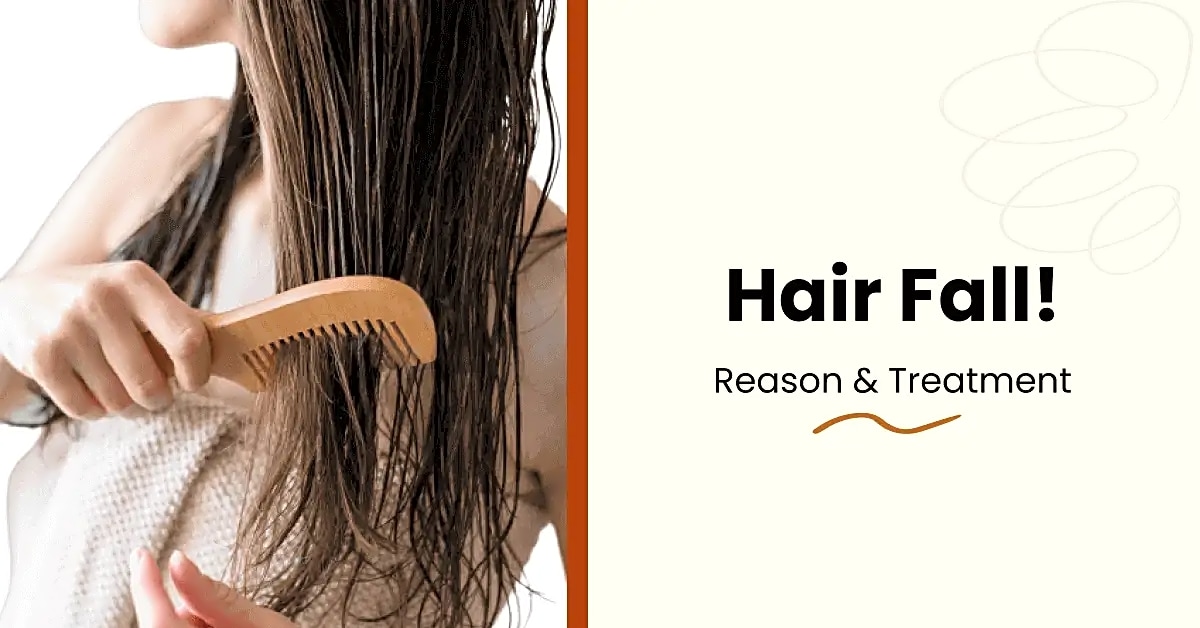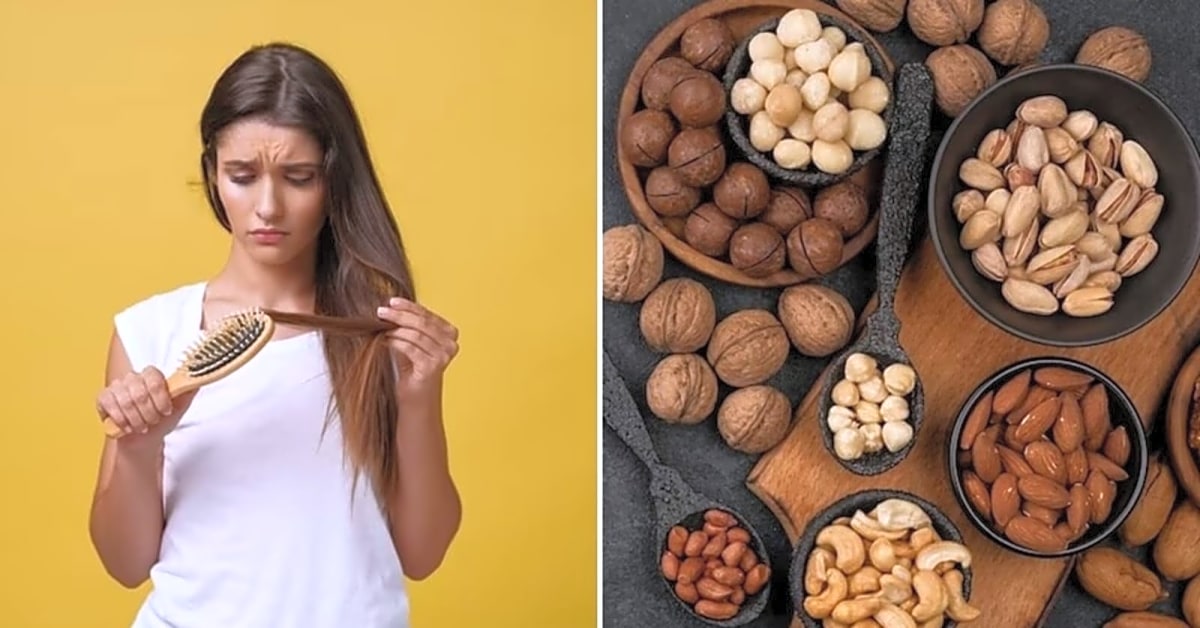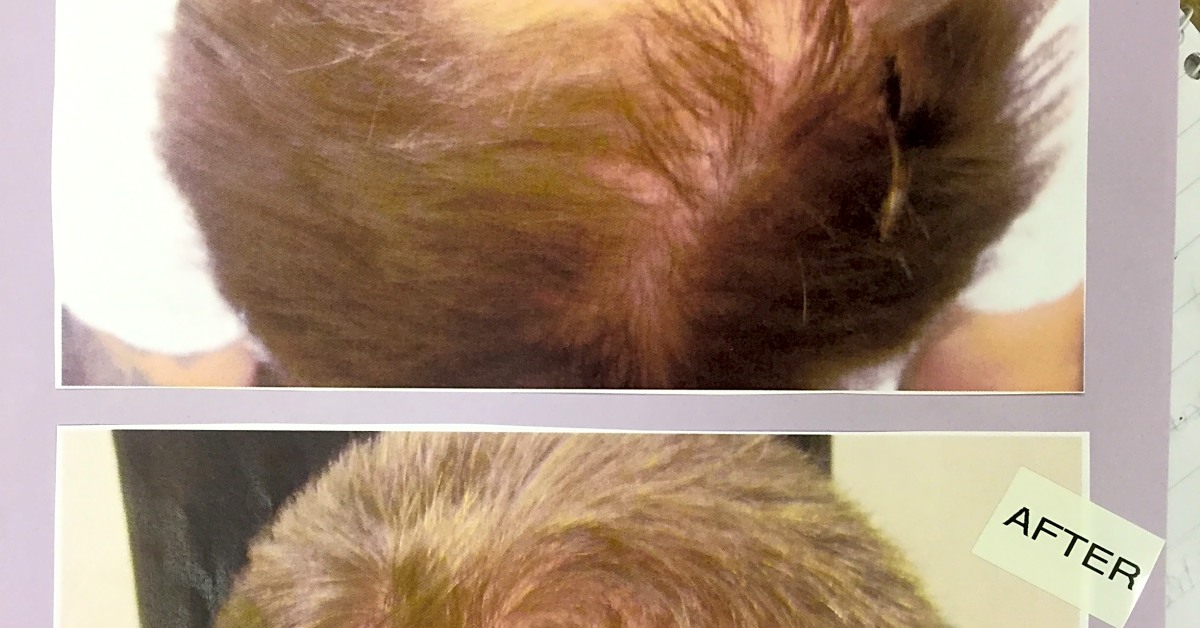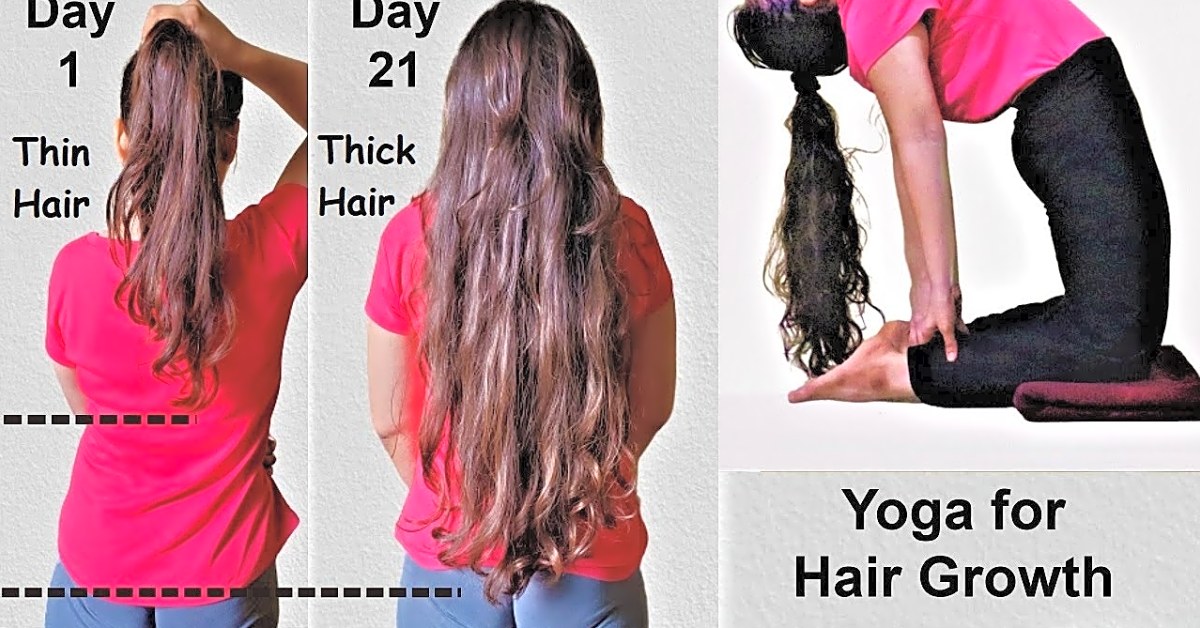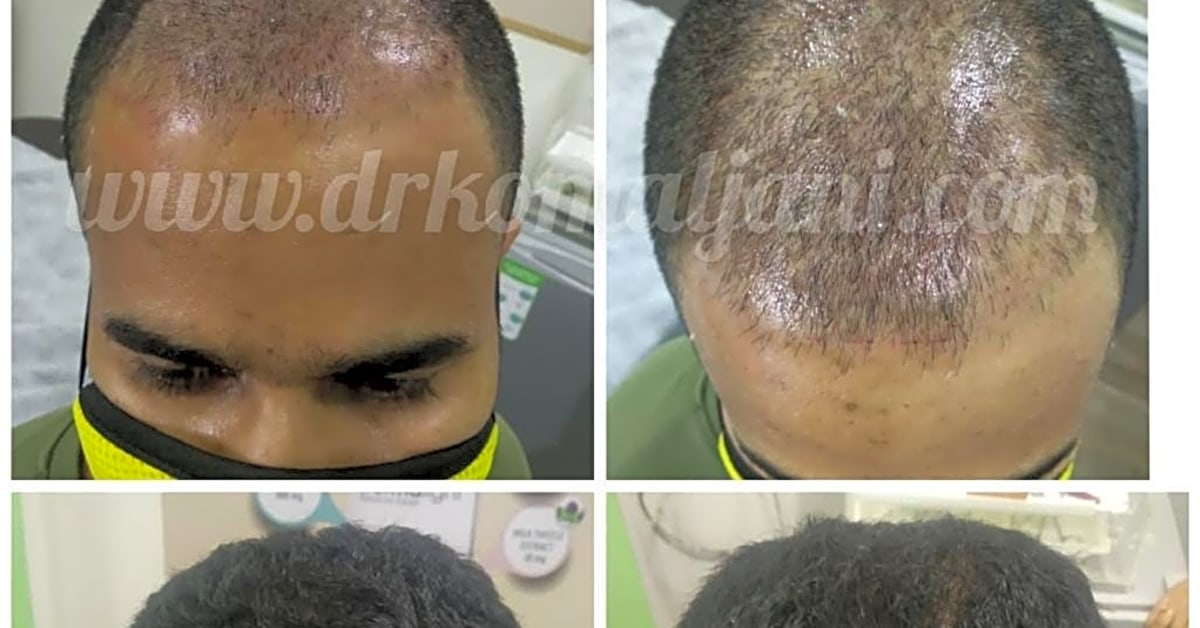Female hair loss is a common and distressing issue that affects many women worldwide. It can be caused by a variety of factors, including genetics, hormonal changes, medical conditions, and lifestyle choices. While it is normal to lose around 50-100 strands of hair per day, excessive hair loss can be a sign of an underlying problem that needs to be addressed. In this article, we will delve into the topic of diagnosing female hair loss and explore the various causes, prevention methods, and treatment options available. Whether you are experiencing noticeable thinning or just want to maintain a healthy head of hair, this article is for you. So let’s dive in and learn more about this common yet often misunderstood issue.
First, it’s important to understand that hair loss in women is not uncommon. In fact, it affects millions of women worldwide. While it’s normal to lose some hair every day, excessive hair loss can be a sign of an underlying issue. Some common causes of female hair loss include hormonal imbalances, genetics, medical conditions, and certain medications.
To properly diagnose female hair loss, it’s essential to consult a dermatologist who can determine the root cause and recommend an appropriate treatment plan. This is because there are various types of hair loss and each may require a different approach. For example, if the hair loss is due to a hormonal imbalance, the dermatologist may recommend hormone therapy. If it’s due to a medical condition, they may suggest addressing the underlying condition first.
For those looking for ways to prevent or slow down hair loss, there are various lifestyle changes you can make. Stress is one of the leading causes of hair loss, so reducing stress levels can help prevent further hair loss. Additionally, maintaining a balanced diet rich in protein, vitamins, and minerals can promote healthy hair growth.
Using gentle hair care products is also crucial in preventing hair loss. Harsh chemicals and excessive heat from styling tools can damage the hair follicles and lead to hair loss. Opt for natural or organic hair care products that are gentle on the scalp.
There are also products and treatments available that can help stimulate hair growth. Topical treatments containing minoxidil can help to increase blood flow to the scalp and promote hair growth. Laser therapy is another option that uses low-level light therapy to stimulate hair follicles. In more severe cases, a hair transplant may be recommended.
It’s important to note that before starting any treatment regimen, it’s essential to consult with a healthcare professional. They can help determine the best course of action based on the underlying cause of hair loss and individual needs.
In conclusion, female hair loss can be a distressing experience, but it’s important to remember that it’s not uncommon and there are various options available for prevention and treatment. Consult with a dermatologist to properly diagnose the underlying cause and consider making lifestyle changes, using gentle hair care products, and exploring different treatment options to promote healthy hair growth.
Understanding the Causes of Female Hair Loss
In this section, we’ll take a closer look at the different factors that can contribute to hair loss in women. Some common causes of female hair loss include hormonal imbalances, stress, genetics, and certain medical conditions. Hormonal imbalances, such as those experienced during pregnancy or menopause, can lead to temporary hair loss. Chronic stress can also cause hair loss by disrupting the normal hair growth cycle. Genetics also play a role in female hair loss, with some women being more prone to it due to their genes. Additionally, certain medical conditions, such as thyroid disorders and autoimmune diseases, can also contribute to hair loss in women. By understanding these various causes, you can better identify the root cause of your hair loss and find appropriate solutions.
Treatment Options for Female Hair Loss
There are a variety of treatment options available for women experiencing hair loss, and the right one for you will depend on the underlying cause of your hair loss. Here are some of the most common treatment options for female hair loss:
- Medications: There are medications available that can help slow down or even reverse hair loss in women. These include topical solutions, oral medications, and injectables. They work by targeting the root cause of hair loss, such as hormonal imbalances or inflammation.
- Supplements: Certain vitamins and supplements, such as biotin and iron, have been shown to improve hair growth and thickness in women with hair loss. However, it’s important to consult with your doctor before starting any new supplement regimen.
- Hair Transplant: For women with more severe hair loss, a hair transplant may be an option. This involves taking hair follicles from one area of the scalp and transplanting them to the thinning or balding areas.
- Laser Therapy: Low-level laser therapy has been shown to promote hair growth in women with androgenetic alopecia. This treatment involves using a device that emits red light onto the scalp to stimulate hair follicles.
- Topical Solutions: There are also topical solutions available that can help with hair growth, such as minoxidil. These solutions are applied directly to the scalp and work by increasing blood flow to the hair follicles.
It’s important to note that not all treatment options will work for everyone, and it may take some trial and error to find the right solution for you. It’s best to consult with a doctor or dermatologist to determine the best course of action for your specific case of female hair loss.
Preventing Hair Loss in Women
Hair loss in women can be caused by a variety of factors such as genetics, hormonal imbalances, and medical conditions. While some of these factors may be out of our control, there are still effective ways to prevent or slow down the process of hair loss. Let’s take a look at some of them:
Eat a balanced diet
A healthy and balanced diet is essential for maintaining good overall health, including the health of your hair. Make sure to include plenty of protein, vitamins, and minerals in your meals to promote hair growth and prevent hair loss.
Avoid harsh hair treatments
Chemicals and heat from hair treatments like coloring, perming, and straightening can damage your hair and lead to hair loss. Try to limit these treatments or opt for more natural options.
Manage stress levels
Stress can have a significant impact on our overall health, including our hair. Find healthy ways to manage stress, such as exercise, meditation, or therapy.
Be gentle with your hair
Avoid over-brushing or pulling your hair too tightly, as this can cause damage and lead to hair loss. Use a wide-toothed comb instead of a brush and avoid tight hairstyles like ponytails or braids.
Hair loss can be a frustrating and emotional experience, but it’s important to know that there are solutions available. By understanding the causes of hair loss in women and taking appropriate steps to prevent and treat it, you can maintain healthy and luscious locks. Remember to consult with a healthcare professional for personalized recommendations and always practice self-care to maintain overall well-being.

